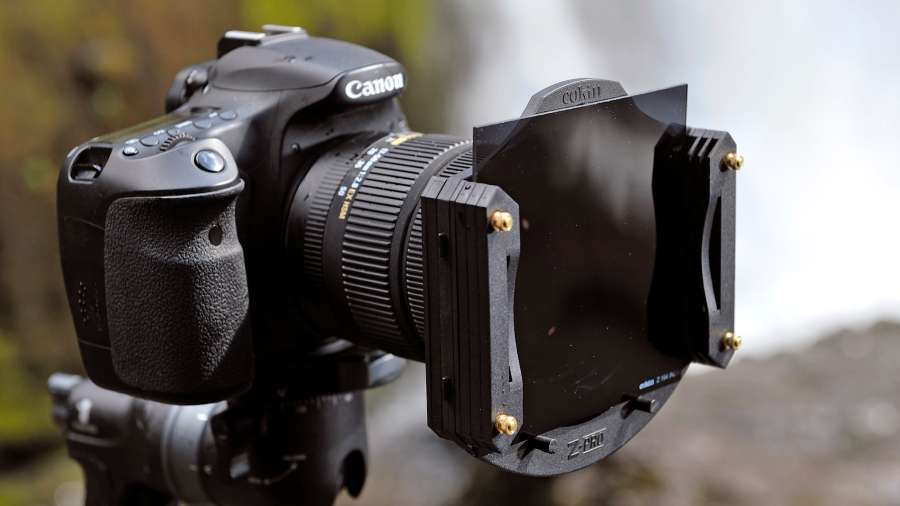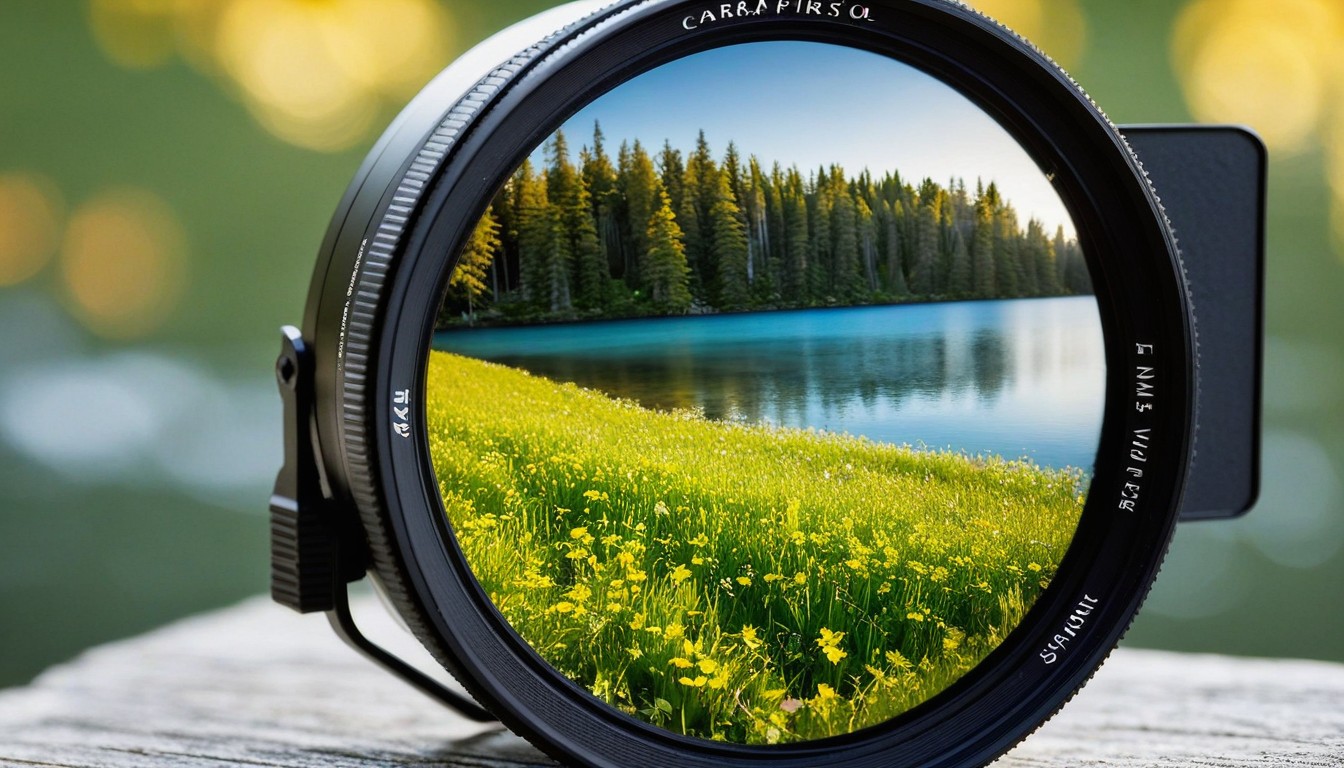A camera polarizer lens is an indispensable tool for landscape photographers. By filtering out unwanted reflections and glare, enhancing color saturation, and improving contrast, a polarizer can turn a good photo into a magnificent one. This guide delves into the fundamentals of using a polarizer lens to transform your landscape shots, from understanding how it works to learning when and how to use it effectively, and maintaining it in top condition for consistent results.
Understanding the Polarizer Lens
How a Polarizer Works
Imagine looking at a scene and being able to remove glare from water surfaces, or seeing deeper into a forest by cutting through the atmospheric haze. That is what a polarizer lens does — it filters polarized light. Sunlight scatters in all directions, but when it reflects off certain surfaces, it becomes polarized and creates glare. A polarizer filters out this glare, allowing for more vibrant and clear images.
Choosing the Right Polarizer
There are two main types of polarizers: linear and circular. For most modern digital cameras with auto focus and metering systems, a circular polarizer (CPL) is the recommended choice. When purchasing a polarizer, make sure it’s the correct size for your camera lens. You should also consider the quality of the glass and the ring; opting for multi-coated lenses reduces the chance of flaring and ensures better image quality.

Maximizing the Benefits of a Polarizer
Enhancing Color Saturation
A polarizer lens can significantly enhance the colors in your landscape photographs. Colors become more intense and clear when unwanted reflections are removed. The sky can transform from a washed-out blue to a deep, rich azure. Greener greens, bluer skies, and more vivid flowers are all possible with the turn of a polarizer filter.
Improving Contrast and Clarity
In addition to boosting colors, a polarizer can also enhance contrast and clarity in your landscape shots. It can bring out the clouds against the sky for a more dramatic effect or reveal textures and details in foliage by reducing the reflective sheen on leaves. Using a polarizer can help define the elements in your photo more distinctly, making for a striking capture of the natural world.

Employing a Polarizer in the Field
Optimal Conditions for Polarizer Use
A polarizer has the most noticeable effect when used at a 90-degree angle to the sun. This doesn’t mean you need a compass with you—it simply means that side-lit scenes will often benefit most from a polarizer. Overhead or direct light may not produce the same level of polarization effect. Be mindful of the light direction to maximize your polarizer’s potential.
Adjusting the Polarizer for Desired Effect
To use a polarizer, attach it to the front of your camera lens and look through your viewfinder or at your camera’s LCD screen as you rotate the outer ring. You’ll notice the changes in real time. Keep turning until you reach the level of polarization you want. Remember that over-polarizing can lead to an unnaturally dark sky or uneven exposures, especially with a wide-angle lens, so adjust carefully for the most natural results.

Caring for Your Polarizer Lens
Cleaning and Storage
Polarizer lenses, like any camera component, require careful handling. Clean your lens with a soft, lint-free cloth or a lens brush. Stubborn dust or fingerprints can be removed with a lens cleaner solution. When not in use, store your polarizer in a protective case, away from dust, moisture, and direct sun. Always handle the lens by the edge to avoid smudges on the glass.
Regular Check-ups
Even with good care, it’s wise to regularly check your polarizer for any signs of wear or damage. Inspection can prevent issues like scratches or coats peeling off, which can degrade image quality. If your polarizer has seen better days, consider a replacement, as the longevity of the lens has a direct impact on the transformative effect it can have on your landscape photography.

Experimenting with Different Scenarios
Capturing Water and Sky
One of the most dramatic effects of using a polarizer lens comes in shots involving water and sky. By adjusting the polarizer, you can reduce or eliminate reflections from bodies of water, allowing the camera to capture what lies beneath the surface, such as rocks or marine life. Similarly, when photographing skies, a polarizer can deepen the blue of the sky, creating a vibrant contrast against white clouds. This effect can add depth and dimension to landscape photos, making them more engaging.
Emphasizing Textures
Landscape photography often aims to showcase the intricate textures of the natural world. A polarizer lens can be particularly effective in emphasizing these textures by reducing reflections that obscure details. For instance, the bark on trees, the surface of rocks, and the blades of grass can appear more pronounced and detailed, offering a tactile quality to your photos that draws viewers into the scene. This can be especially effective in golden hour light, where the interplay of light and shadow, enhanced by polarization, can create a captivating image.

Dealing with Varied Light Conditions
In the ever-changing light of outdoor photography, a polarizer can provide a measure of control. For example, in forested landscapes where light may be patchy, creating a mix of harsh highlights and deep shadows, a polarizer can help balance the scene by reducing the highlights. It becomes an invaluable tool not just for improving the visual appeal of a photo but also for managing challenging light conditions, enabling photographers to capture well-balanced, dynamic landscapes even in difficult lighting.
In conclusion, mastering the use of a camera polarizer lens is a game-changer for landscape photography. It’s a tool that requires a bit of practice to use effectively, but once you get the hang of it, the results are often nothing short of breathtaking. Whether it’s boldly saturated skies, glare-free surfaces, or vividly defined colors, a polarizer can help you achieve the professional-level landscape shots you aspire to capture. Dive into the world of polarized photography and witness the transformation in your images—it’s a move that can truly elevate your photographic craft.
